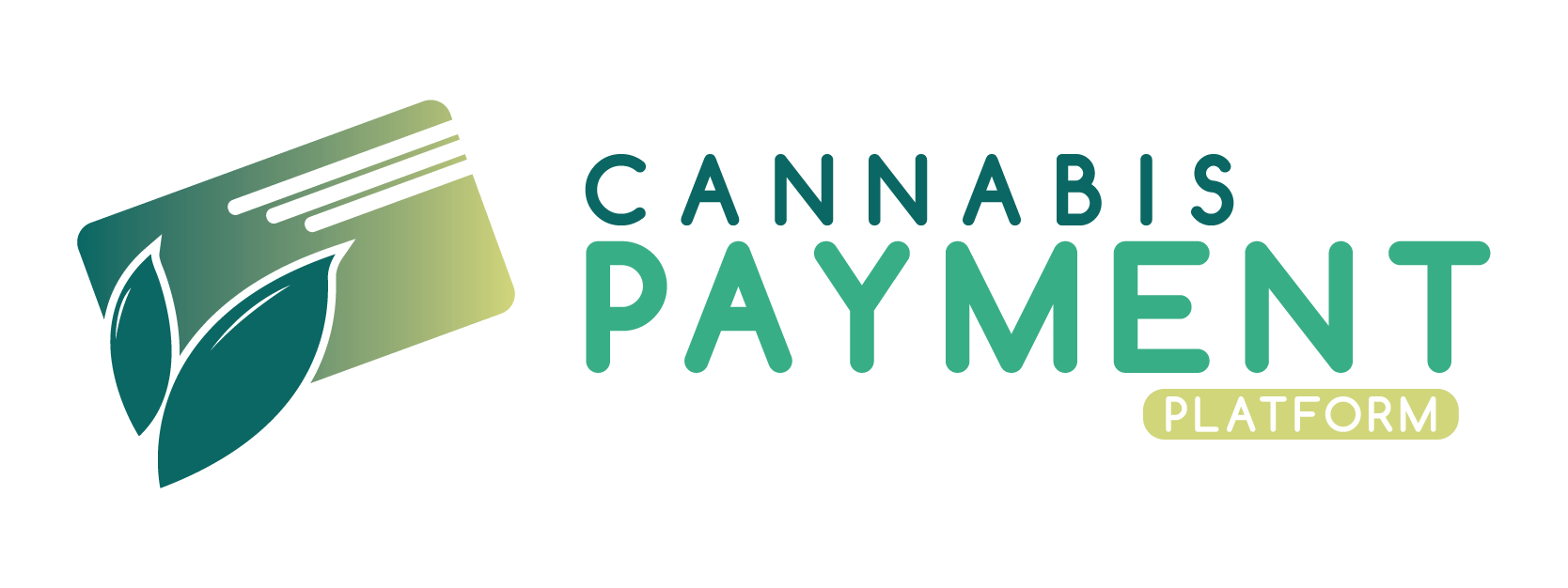As cannabis dispensaries continue to modernize and adapt to consumer expectations for convenience, cashless payment platforms have become a popular—if not essential—tool. But behind the ease of digital transactions lies a complex and often misunderstood pricing structure that operators must navigate. Whether it’s ACH, debit solutions, or closed-loop payment systems, understanding the cost breakdown is critical for dispensaries trying to manage margins in a tightly regulated market.
Types of Cashless Payment Models
Most cannabis-focused cashless payment providers operate under a few standard models:
- Per-Transaction Fee: This is the most common. Providers like Aeropay or CanPay typically charge dispensaries between 2%–4% per transaction.
- Flat Monthly Fees: Some platforms may offer subscription pricing for high-volume dispensaries, usually ranging from 1,000+ per month, depending on included features.
- Customer Convenience Fees: In some debit-based systems (e.g., “cashless ATM” models), the fee is passed on to the customer, often around 3.50 per swipe. Dispensaries may pocket a small rebate from these fees.
- Setup and Integration Costs: One-time setup fees can range from 2,000, depending on integration complexity with existing POS systems.
- Hardware Leasing or Purchase: Terminals may be leased for around 60 per month or purchased outright for 600.
Popular Platforms and Their Costs
- Aeropay offers bank-to-bank transfers with fees typically around 2.5% per transaction. It integrates with several POS systems and is praised for quick settlements and customer ease-of-use.
- CanPay provides a low-cost debit payment system with fees reportedly under 2%, but requires customers to sign up with their own app and bank account.
- Dutchie Pay, tied into Dutchie’s POS ecosystem, offers seamless integration and charges between 2.5% and 4% per transaction, depending on volume and location.
- Hypur and KindTap also offer cashless options with a combination of per-swipe or monthly subscription pricing. High-volume retailers may negotiate lower rates.
Factors That Influence Pricing
Dispensary location, transaction volume, and customer preferences all influence final costs. Businesses in high-traffic cities like Miami or Los Angeles often secure better rates due to transaction volume. On the flip side, low-volume operators might face higher per-transaction fees or limited platform options.
Is It Worth the Cost?
While cashless platforms aren’t cheap, they offer operational benefits—faster checkouts, fewer cash-handling errors, and reduced security risks. For many dispensaries, these advantages justify the cost, especially as consumer demand for card-like convenience continues to rise.
In a cash-heavy industry still navigating financial hurdles, understanding the nuances of cashless payment platform pricing can empower dispensaries to choose the right solution—and negotiate smarter.
Related Read: Are Dispensaries Paying Too Much in Processing Fees? What the Data Shows
